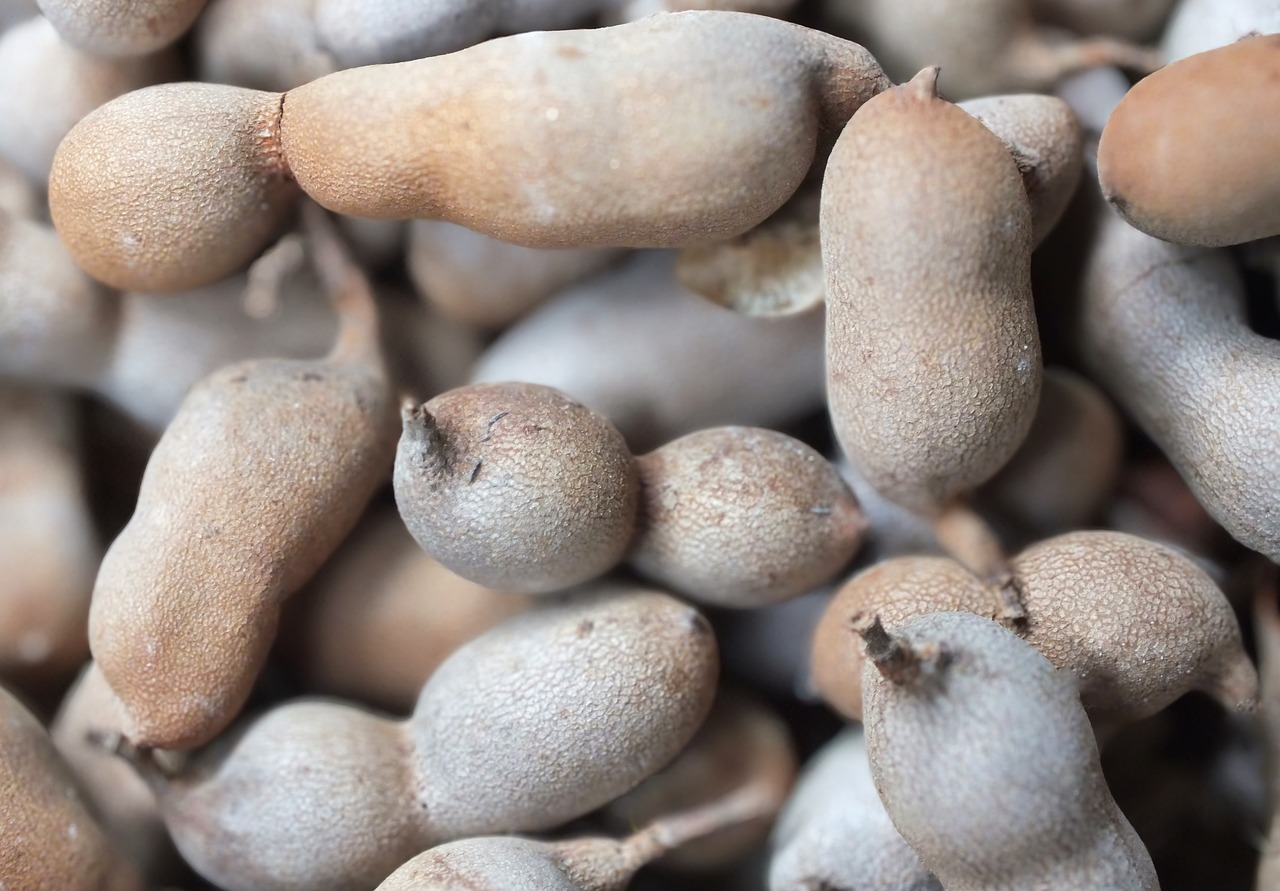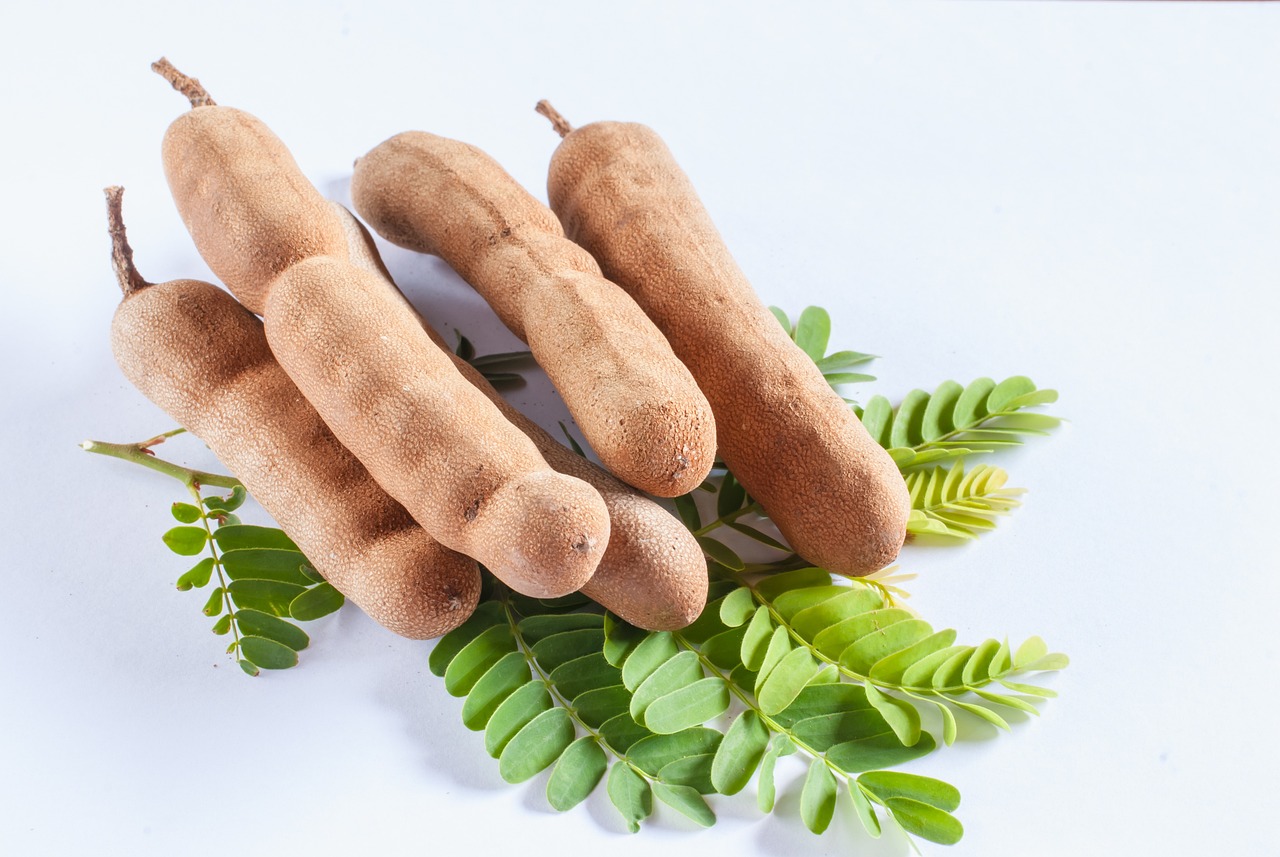“`html
The Wonders of Tamarind: A Comprehensive Guide
Understanding Tamarind: Habitat, Characteristics, and Symbolism
Tamarind, scientifically known as Tamarindus indica, is a leguminous tree indigenous to tropical Africa. However, due to its culinary and medicinal value, it has been widely cultivated in regions like South Asia, Southeast Asia, and the Caribbean. Tamarind trees can grow up to 20-30 meters in height and live for several decades, often recognized by their dense foliage and drooping branches.
Natural Habitat
The tamarind tree thrives in tropical and subtropical climates. It is particularly well-suited to regions with a distinct dry season, as it is drought-tolerant. The tree prefers well-drained soils, ranging from sandy to clay, and can even withstand mildly saline conditions.
Characteristics of Tamarind
Tamarind trees produce pods containing seeds surrounded by a sticky, fibrous pulp. This pulp is the primary component used for culinary and medicinal purposes. The flavor of tamarind is uniquely tangy and sweet, making it a versatile ingredient in various dishes, from curries to desserts.
Symbolism and Cultural Significance
In many cultures, tamarind symbolizes protection and healing. Its seeds are often used in traditional medicine, believed to possess therapeutic properties. The tree’s resilience is also a symbol of strength and endurance in adverse conditions.
How to Grow Tamarind: Cultivation and Care Tips
Growing tamarind can be a rewarding endeavor, especially for those living in suitable climates. Here are some essential tips for cultivating this remarkable tree:

Planting Tamarind
To grow a tamarind tree, start by selecting a location with full sun exposure, as it requires at least six hours of direct sunlight per day. Plant the seeds or saplings in well-drained soil, ensuring ample space for the tree’s mature size. Tamarind trees need at least 5 meters of space around them to grow properly.
Watering and Soil Requirements
While tamarind is drought-tolerant once established, young trees require regular watering to ensure healthy growth. Water the tree deeply but infrequently, allowing the soil to dry out between watering sessions. This encourages the roots to grow deep into the soil.
Fertilization and Pruning
Fertilize the tamarind tree annually with a balanced fertilizer, especially during the growing season. Pruning should be done to maintain the desired shape and remove any dead or diseased branches. It’s best to prune during the tree’s dormant period to minimize stress.
Pest and Disease Management
Tamarind trees are relatively pest-resistant, but they can occasionally suffer from infestations of scales or aphids. Regular monitoring and the use of organic insecticides can help keep these pests in check. Fungal diseases can also affect tamarind, so ensure good air circulation and avoid over-watering.

Beyond Cultivation: Culinary and Medicinal Uses of Tamarind
Tamarind is not just a tree to admire in your garden; it also boasts numerous culinary and medicinal uses.
Culinary Uses
The tamarind pulp is a popular ingredient in various cuisines worldwide. It is used to add a tangy flavor to sauces, marinades, and beverages. In South Asian cuisine, tamarind is a key component in dishes like sambar and chutneys. For a unique twist, try incorporating tamarind into your next barbecue sauce or cocktail mix.
Medicinal Benefits
Tamarind has been used in traditional medicine for centuries. It is rich in vitamins and minerals, including vitamin C, B vitamins, and potassium. Tamarind pulp is known for its digestive benefits and is often used as a natural laxative. Additionally, its antioxidant properties can help boost the immune system and reduce inflammation.
Conclusion
Whether you’re growing tamarind for its shade, culinary uses, or medicinal benefits, this tree offers a myriad of advantages. Its rich history and cultural significance add to its allure, making it a valuable addition to any garden.
For more information on how to incorporate tamarind into your cooking, check out our tamarind recipes page. To learn more about tropical tree cultivation, visit the Royal Horticultural Society’s guide on growing tropical trees.
“`
